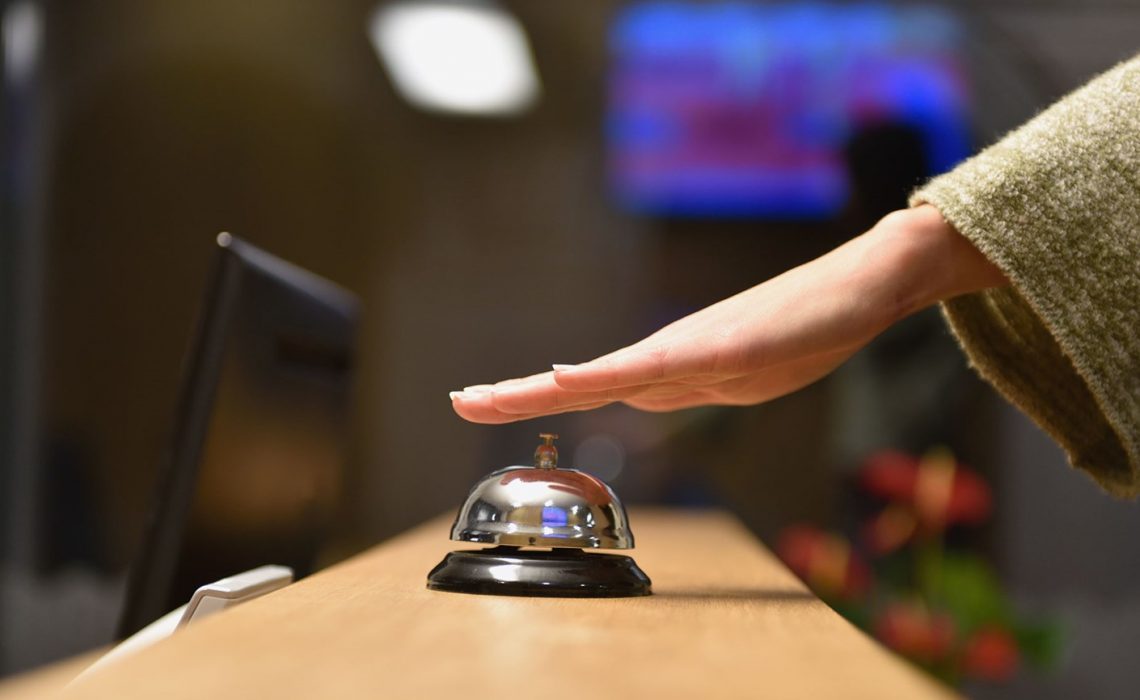
You might also like:
The U.S. hotel industry has had its slowest growth in revenue per available room (RevPAR) in seven years, and the question is whether demand is tapering off or is the impact of one-time events clouding lodging trends.
Third-quarter RevPAR rose just 1.9%, occupancy was little changed at 71%, and average daily rate rose 1.4% to about $129 per night, the sector’s slowest growth since 2010, according to hotel data research firm STR.
Bobby Bowers, STR’s senior vice president of operations, cited “a lot of moving parts” for the relatively tepid results, noting the impact of hurricanes in the southeastern U.S. and year-earlier presidential conventions in Cleveland and Philadelphia as well as the shift of the Jewish high holidays into the third quarter from the fourth quarter last year.
Such results slowed demand growth for Marriott International, Hilton and Hyatt. Marriott’s year-over-year global RevPAR growth slowed slightly to 2.1% in the third quarter, with North America RevPAR up just 0.4%. Hilton’s results were similar, as global RevPAR growth slowed to 1.3% from 1.8%, while U.S. RevPAR fell slightly. Hyatt’s RevPAR growth also slowed, to 1.6% from 2.9% in the second quarter.
Hilton CEO Chris Nassetta and Marriott CEO Arne Sorenson both noted that corporate spending continues to lag leisure spending.
“The third quarter is a bit confused,” Marriott CEO Arne Sorenson said on his company’s Nov. 8 conference call with analysts. “Corporate remains — we used the word cautious in the prepared remarks. I think that’s a very deliberate word to use. It’s not weak in absolute terms.”
Nassetta added that business and group spending growth was “at the low to mid-point of our guidance range.”
U.K.-based InterContinental Hotels Group (IHG) appeared to be immune to the trend, as third-quarter RevPAR growth accelerated slightly to 2.3% from 2.1% during the first half of the year, though third-quarter U.S. demand for the company’s rooms was little changed from a year earlier.
The slowdown in demand comes at a time when developers continue to boost room supply in hopes that inbound travel and steady leisure demand will spur further increases in occupancy and room rates. Third-quarter U.S. room supply was 1.8% higher than a year earlier. Houston, Miami, Minneapolis, Nashville and New York each had room inventory increases of at least 4%.
And, demand concerns aside, the largest U.S. hotel companies are boosting room count at an even faster rate. Hilton forecast that it would increase room inventory by 6.5% this year, while Marriott’s inventory will grow by about 5.5% this year.
Whether there will be enough demand to fill those additional rooms is unclear.
“Our outlook for RevPAR growth over the next year is tempered as we expect that growth rates will be modest in the U.S. with stronger results in Europe and Asia,” said Hyatt CEO Mark Hoplamazian on his company’s earnings call. “On balance, we expect that 2018 could be a bit softer than our actual results in 2017 from a global RevPAR perspective.”
“We’ve never been more optimistic about our business,” said Marriott’s Sorenson.
Source: travelweekly.com
